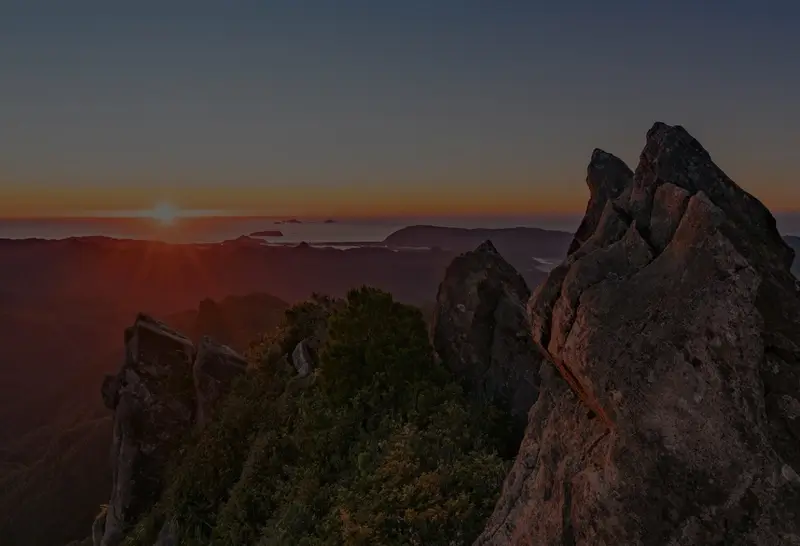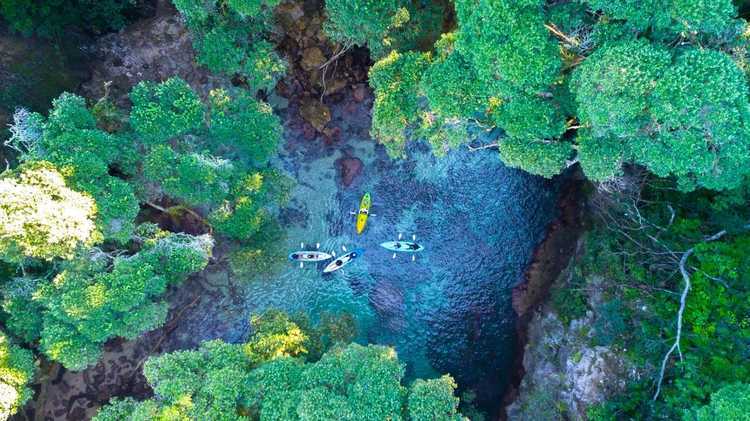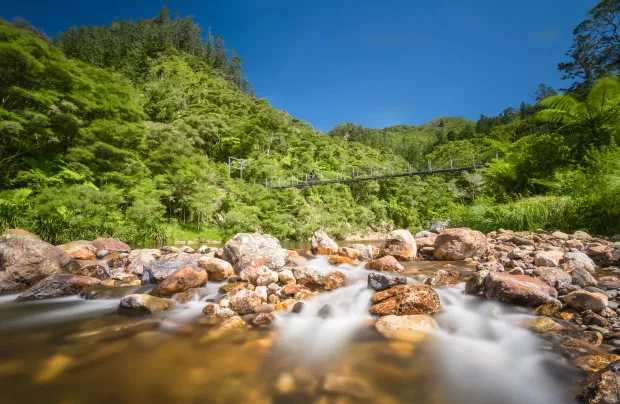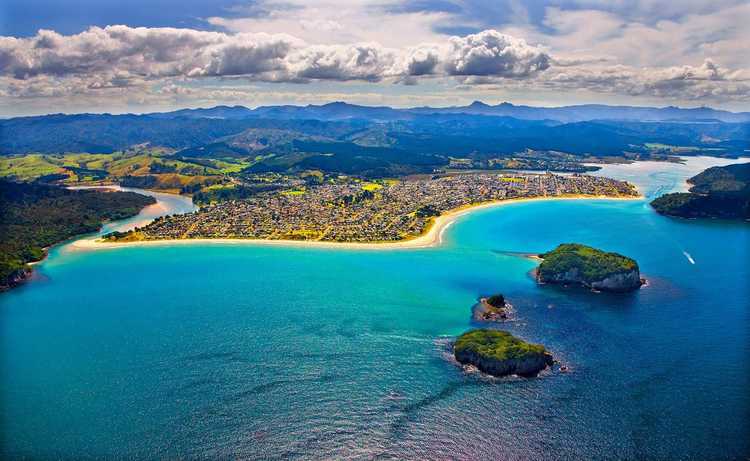
- Stay in the water, do not step on the Island
- Please take only photos
- Do not take food to Whenuakura
- Go with a guide
- Check weather and sea conditions before departing
- Wear a life jacket
- Take some water for your journey
Whangamatā is home to one of New Zealand’s most beautiful coastal attractions. For a long time Whenuakura Wildlife Sanctuary, (often referred to as Donut Island), was a local secret. This has changed in recent years as this Pacific treasure is quickly becoming a ‘must do’ New Zealand adventure. Guardians of the islands and Whangamatā locals encourage you to treat the islands with respect to preserve their future.
Please remember;
1. GO WITH A CERTIFIED GUIDING COMPANY - they will ensure your safety, protection of the sanctuary and historical commentary
2. STAY IN THE WATER - Whenuakura is a Wildlife Sanctuary. Please help preserve the fragile environment
3. TAKE NOTHING BUT PHOTOS - Remember to leave bags and food on the mainland, so as not to attract predators


Wildlife Sanctuary Tours
Virtually Explore The Island
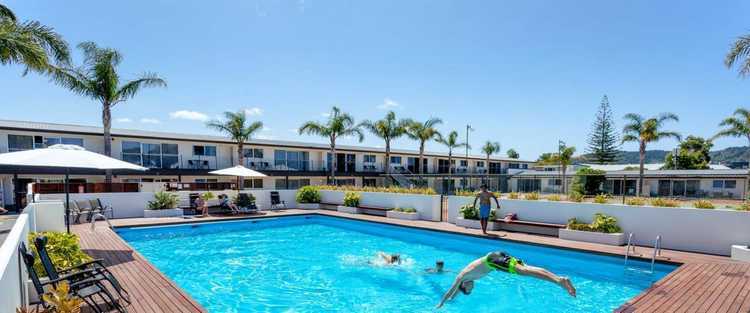
Whangamatā Accommodation
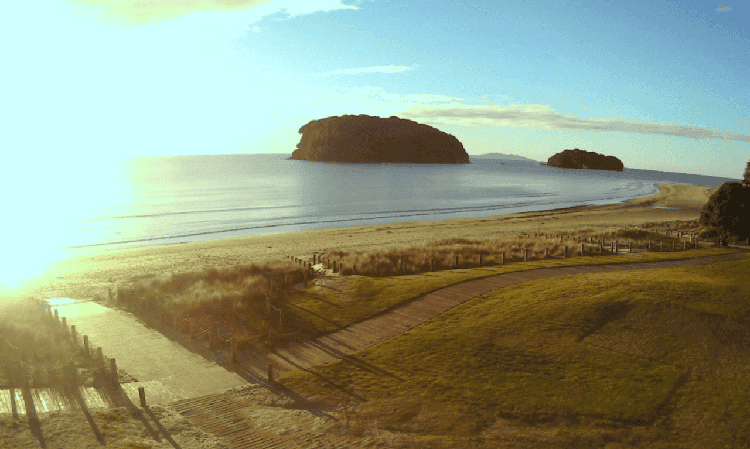
Whangamatā Webcam
Preserve & Protect This Local Taonga
Paddling to Whenuakura Wildlife Sanctuary (Donut Island) Safely
Local guides will take you on a 2-hour paddle board or kayak tour from the southern end of Whangamatā Beach. You will need a reasonable level of fitness and confidence in the water to complete the return journey.
While relatively close to the mainland the islands are located in a wild environment subject to unpredictable ocean conditions, winds and terrain that has no provisions for landing.
SWELL: Whenuakura Wildlife Sanctuary is subject to swell and tidal conditions that require local knowledge to negotiate. Tour guides act as guardians while also looking out for the safety of guests exploring the coastline on kayaks and paddle boards.
WIND: There have been countless rescues of people visiting Whenuakura Wildlife Sanctuary. Even on calm days, people can be caught out by strong westerly winds which make it difficult to return to shore. Don't underestimate the challenge of paddling to the mainland into a westerly (offshore) wind.
WHENUAKURA WILDLIFE SANCTUARY ENTRANCE: The entry channel can experience significant swells making it dangerous to enter and exit the archway. Local paddle board and kayak operators can help guide you to the island safely and comfortably enter the archway into the Wildlife Sanctuary which can be hazardous due to water channelling through the narrow entrance.
Whangamatā Islands
There are four islands in the group off the Whangamatā coast, their names are:
* Hauturu - the biggest Island or more commonly known as Clark Island
* Maukaha - which is the smallest Island
* Rawengaiti - the rock
* Whenuakura - the Island with the emerald lagoon, also known as Donut Island
Whenuakura lies one kilometre east of Whangamatā Beach. The Wildlife Sanctuary has two small beaches in the centre of the island’s collapsed blowhole.
Entry into the cove is via a single 40-foot-high cave. Marvel at amazing rock formations as your voice echoes off the cliffs in the cave, then emerge into the small calm blue lagoon. Here, pohutukawa trees – known for their bright-red flowers in summer – drape sheer cliffs that lead down to the water below. You’ll feel like a castaway who has stumbled upon your very own deserted paradise!
Whangamatā Islands History
Over many years local families and regular holiday visitors have had a deep connection with the Islands. The Islands are the ancestral home of Ngā Marama the first people to occupy the Whangamatā area. They were here before the Tahitian migration and the Hawaiian migration. Their descendants, who are Uru-Nga-Wera (which means the weapon of fire) and Ngāti Pu, their whanau, are the kaitiaki, guardians, of the Islands and tangata whenua of Whangamatā.
Whenuakura is a very spiritual place for local iwi and many Whangamatā locals.
